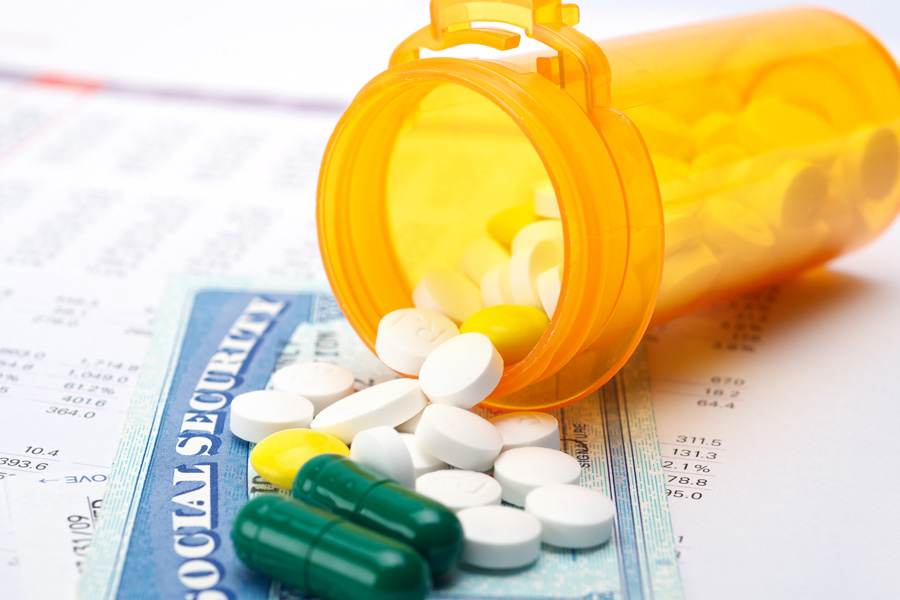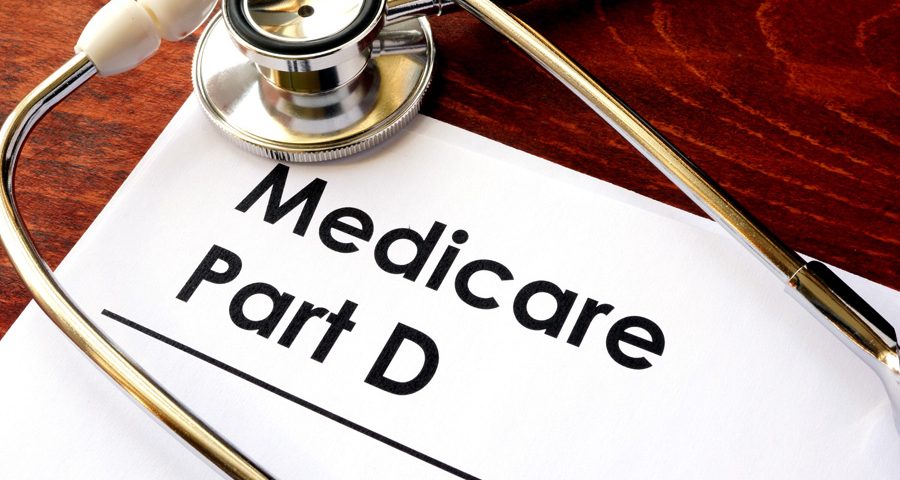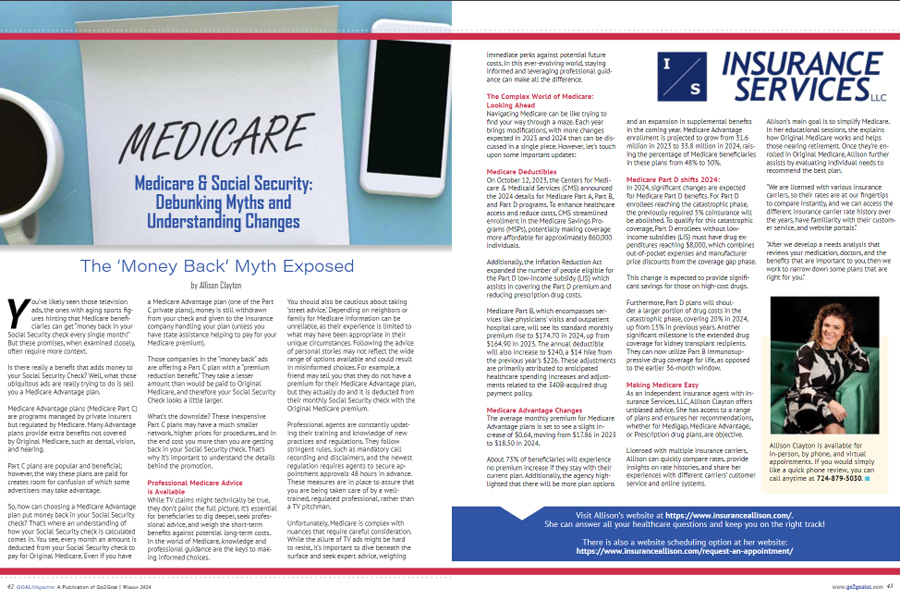
Cancer Curious?
May 8, 2021
Medicare and the Inflation Reduction Act
September 12, 2022
Medicare Part D
Insurance for Your Medication Needs
Today, Medicare provides health insurance benefits to almost 96% of the nation’s seniors and to millions of disabled Americans. The program is divided into four parts. Parts A (hospital insurance) and B (medical insurance) are known as “original Medicare,” while Part C and D are newer, starting in 1997 and 2006.
Medicare Part C (also known as Medicare Advantage) offers the choice of private coverage options, providing all or part of your Part A and B coverage, while adding extras like vision, hearing, dental coverage, and more.
Part D is all about drug plans and medication coverage. Let’s take a look at the basics of this prescription drug benefits program.
Medicare Part D Updates for 2022
Enrollment in Medicare Part D is voluntary for most seniors.
To participate, you pay a monthly premium to an insurance carrier. This gives you access to a network of pharmacies, where you pay a copay and the insurance covers the rest. There are four stages to each Medicare Part D plan, and the costs have increased in 2022.
- The new annual maximum deductible for 2022 is $480. Individual plans may charge the full amount or a partial deductible. When filling prescriptions, you pay the network discounted price for medications until the deductible is satisfied.
- Once the plan’s deductible is met, you pay a copay for the medications, based on the tier that medication falls into. For example, a generic Tier 1 medication may have a $7 copay. A special brand name Tier 3 pharmaceutical may have a $40 copay.
- When you and your insurance company together reach a spending limit of $4,430 (in 2022), you enter a coverage gap (often called the “Donut Hole.”) In the gap, you pay 25% of the retail cost of your medications.
- Catastrophic Coverage. Gap spending continues until your total out of pocket costs reach $7,050 (in 2022). After this, catastrophic coverage kicks in and Medicare Part D pays 95% of your medication costs for the rest of the year.
Sound complicated? It can be. This is why working with a knowledgeable insurance agent to select the right carrier for your Part D needs is a wise move. All seniors are not faced with the same life situations, including available finances and prescription drug needs.
Of course, you can change Medicare Part D plans each year during the Medicare Open Enrollment period, which runs from October 15th to December 7th each year.
"*" indicates required fields
Insulin and Medicare Part D
An important drug covered by Medicare Part D is insulin. A study in 2020 on drug price changes found that insulin products have increased in cost by 262% from 2007 to 2018. Inflation over the same period topped out at 21% over 11 years.
Among Medicare recipients (including seniors and people with long-term disabilities), one third (33%) had diabetes in 2017, up from 18% at the beginning of the century.
Today, what is called the Part D Senior Savings Model allows for participating Part D prescription drug plan to offer insulin with a maximum $35/per month copay. This copay is stable throughout all the Part D stages mentioned above, including deductible, initial coverage, coverage gap, and catastrophic coverage.
The Senior Savings Model was established in 2020 in response to rising prices for insulin and concerns about affordability and access for people with diabetes.
Additional Assistance Programs
In addition to Medicare prescription drug plans, there are additional assistance programs and coverage options that may help reduce some drug costs. Below are links to assistance programs you may wish to explore:
You can get help from your state paying your Medicare premiums. In some cases, Medicare Savings Programs may also pay Medicare Part A and Medicare Part B deductibles, coinsurance, and copayments.
The Part D Senior Savings Model allows participating Part D prescription drug plans to offer a broad set of formulary insulins at a maximum $35.00 copayment per month’s supply.
Medicare Extra Help helps lower your Medicare Part D costs. It's worth $5,100 per year. Find out if you qualify.
Medicare Diabetes Prevention Program Expanded Model
Beginning in 2018, Medicare began paying for a proven behavior change intervention with the goal of preventing type 2 diabetes among Medicare beneficiaries with prediabetes.
Learn More
The world of Medicare is of exceptional benefit to the nation’s seniors, but it can also be a complex and confusing set of services to navigate. To learn more, please contact Allison Clayton at Insurance Services - 724-879-5030, or visit our Contact Us page today. We look forward to answering your Medicare questions and serving your health insurance needs.
Disclaimer
Not connected with or endorsed by the United States government or the federal Medicare program. The official US government website for Medicare is www.medicare.gov. We do not offer every plan available in your area. Any information we provide is limited to those plans we do offer in your area. Please contact Medicare.gov or 1-800-MEDICARE to get information on all of your options.


